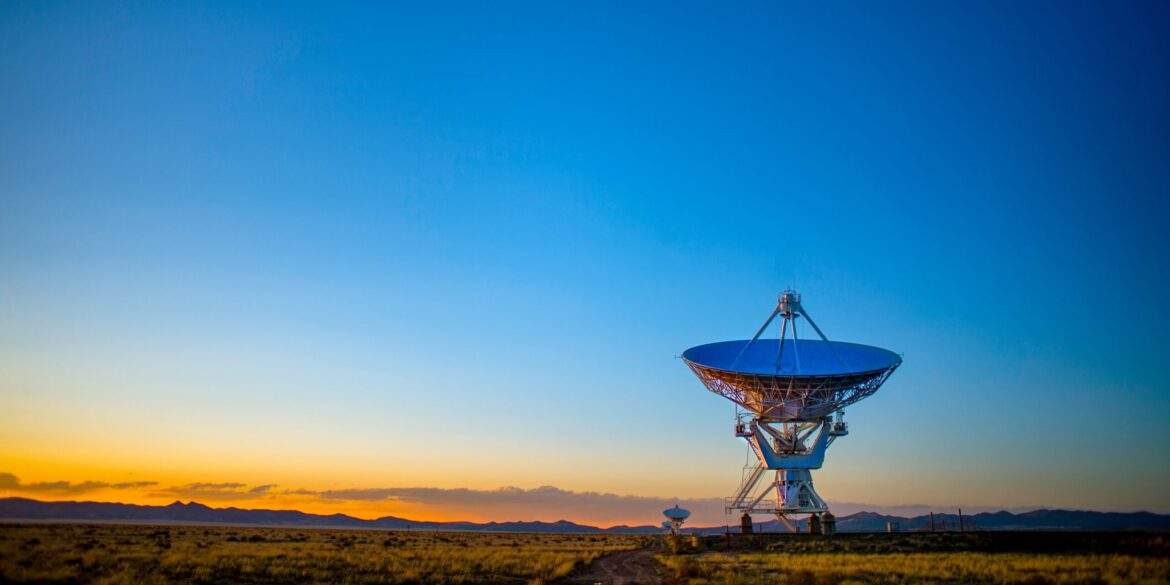The launch of the NASA-ISRO Synthetic Aperture Radar (NISAR) satellite on July 30, 2025, marks a pivotal moment in global Earth observation efforts. A product of over a decade of collaboration between the United States and India, NISAR is the first Earth-monitoring satellite to employ a dual-frequency radar system—operating in both L-band and S-band—allowing it to deliver unmatched detail and consistency in imaging land, ice, and vegetation. The mission not only represents a technological leap but also a testament to the growing cooperation between two of the world’s most ambitious space programs.
Deployed aboard India’s GSLV-F16 launch vehicle from the Satish Dhawan Space Centre, the satellite now orbits Earth at an altitude of approximately 747 kilometers. It is equipped with a massive 12-meter deployable radar antenna and state-of-the-art imaging systems capable of capturing surface changes with centimeter-level precision. NISAR will scan nearly all of Earth’s land and ice-covered surfaces every 12 days, using both ascending and descending passes to ensure dense and reliable coverage. In practical terms, this translates to fresh data on global surface dynamics every six days on average, a feat no prior satellite system has achieved at this scale and resolution.
At the heart of NISAR’s mission is its dual-frequency radar—NASA contributed the L-band system while ISRO developed the S-band component. This configuration allows the satellite to penetrate different layers of the Earth’s surface, even in the presence of dense vegetation or cloud cover. Unlike optical satellites that require clear skies, NISAR can operate continuously, delivering data in virtually all weather conditions and during both day and night.
The applications of this technology are as vast as they are urgent. One of the satellite’s primary functions is to monitor land deformation caused by natural phenomena such as earthquakes, landslides, and volcanic eruptions. By detecting minute shifts in the ground over time, NISAR will provide early warnings and post-event assessments that can guide emergency responses and long-term planning. Similarly, in polar and high-altitude regions, the satellite’s radar will track the movement and melting of glaciers and ice sheets, offering critical insights into the pace and consequences of climate change.
Beyond natural hazards, NISAR is set to play a transformative role in agriculture, infrastructure monitoring, and environmental management. It can detect changes in soil moisture, assess forest biomass, and even help map crop health and growth patterns. These capabilities are especially vital for developing countries and vulnerable communities that rely heavily on agriculture and are often the first to experience the effects of environmental stress. Governments and local agencies can use NISAR’s data to optimize water use, improve food security strategies, and monitor compliance with land use policies.
In the realm of infrastructure, the satellite’s high-resolution imaging will be instrumental in assessing the integrity of critical assets like bridges, dams, levees, and pipelines. By measuring subsidence and structural shifts over time, NISAR can alert authorities to potential failures before they become disasters. This is particularly relevant in urbanizing regions and areas exposed to environmental extremes, where infrastructure resilience is paramount.
Importantly, all data collected by NISAR will be made freely available under open-access policies. This approach is designed to empower a wide range of stakeholders—from academic researchers and engineers to policymakers and nonprofit organizations. Most of the satellite’s data will be publicly accessible within a day or two of collection, with emergency events such as natural disasters triggering faster release timelines. This democratization of high-quality Earth observation data is expected to level the playing field for scientists and decision-makers worldwide, allowing for more equitable participation in addressing global challenges.
The mission is also emblematic of the deepening space cooperation between the United States and India. With a combined investment of around $1.5 billion, NISAR represents one of the largest joint satellite ventures in history. The successful launch and deployment not only signal a new chapter in space-based environmental science but also reinforce the strategic partnership between the two nations in addressing shared planetary concerns.
As the satellite begins to return its first images in the coming weeks, anticipation is building across the scientific community. NISAR’s data promises to enrich our understanding of Earth’s dynamic processes in ways never before possible. In a world increasingly shaped by climate pressures, resource scarcity, and natural disasters, the insights it offers could prove indispensable for creating a more sustainable and resilient future.


